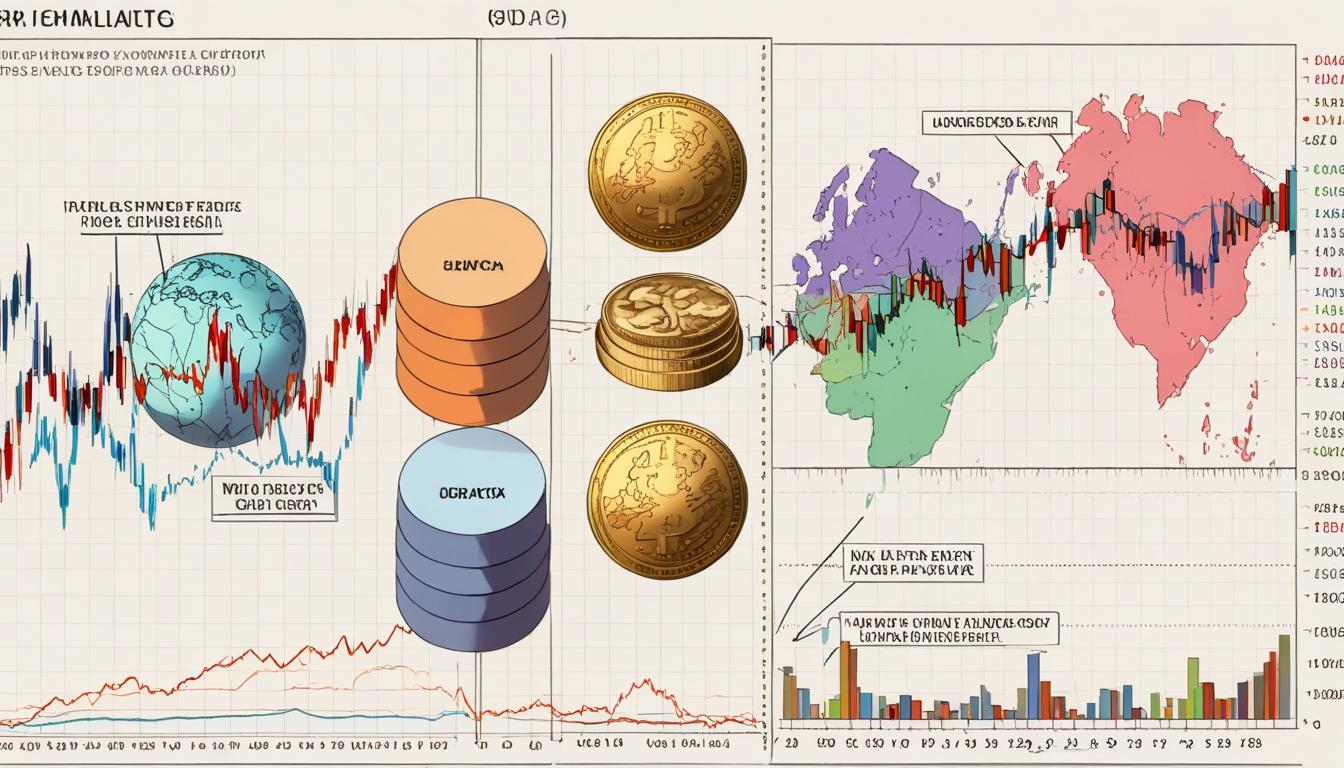In 2025, investors are increasingly prioritising diversification strategies within their portfolios to manage mounting risks driven by ongoing geopolitical tensions, evolving trade policies, and persistent inflationary pressures. These factors have led many to seek alternatives beyond the traditionally dominant U.S. equities market, as highlighted in a recent analysis by Richard Drury and Aye Soe on Seeking Alpha.
U.S. equities have reached record highs, with their share of global equity climbing to nearly 67% by the end of 2024, up from 62.57% in 2023, according to the MSCI All Country World Index (ACWI). This concentration is further intensified by the heavy weighting in five mega-cap companies—Apple, Nvidia, Microsoft, Amazon, and Alphabet—which collectively represent almost 29% of the S&P 500 as of 31 December 2024. The prominence of these few names raises concerns about concentration risk within U.S. equities themselves.
To address this, investors are encouraged to diversify within the equity class. For instance, during market selloffs driven by these mega-caps, indices such as the S&P 500 Equal Weight Index have demonstrated resilience: on 27 January 2025, when the traditional S&P 500 declined by 1.46% largely due to Nvidia's performance, the Equal Weight Index posted a slight gain of 0.02%. Sectoral differences also play a crucial role; sectors like financials, utilities, health care, and real estate tend to rely more on domestic revenue, while industrials, energy, materials, and information technology are more exposed to foreign markets. This variance can influence how sectors react to shifts in trade policies.
Since the last U.S. presidential election, sector returns have shown a wide dispersion, with industrials, consumer discretionary, and financials gaining significantly, while materials, health care, and real estate sectors have experienced declines. This uneven performance is expected to continue as markets adjust to changing trade dynamics, with financial instruments such as sector futures and options being utilised for tactical positioning.
Beyond domestic equities, international markets are gaining traction among investors aiming to reduce correlation with U.S. stocks. Japanese equities, in particular, have attracted attention following strong performances in 2023 and 2024. The Nikkei 225 Index, measured in local currency, rose by 28.24% in 2023 and a further 19.22% in 2024, buoyed by economic rebound and inflationary trends. The declining correlation between U.S. and Japanese equities further supports the case for international diversification.
Commodities have also re-emerged as a viable alternative asset class. Both the S&P GSCI and Bloomberg Commodity Index (BCOM) recorded positive returns in 2024, reflecting heightened geopolitical risks and inflationary pressures that continue into 2025. However, the choice of commodity index is critical due to differing methodologies: the S&P GSCI is production-weighted, with a significant bias towards energy, while the BCOM employs a hybrid approach balancing production with liquidity and equal weight across commodity sectors. Notably, adoption of futures linked to these indices has surged, with open interest growing from around $900 million in 2020 to nearly $6 billion by January 2025.
Cryptocurrencies have marked a year of innovation and growth, highlighted by the introduction of spot bitcoin ETFs and bitcoin reaching a milestone price of $100,000. As regulatory frameworks are expected to evolve under the new U.S. administration, institutional interest in cryptocurrencies is predicted to increase. According to a PwC report cited in Seeking Alpha, improved crypto infrastructure and an expanding range of investment products are likely to drive further integration of digital assets into mainstream investment portfolios.
Overall, the year 2025 is characterised by heightened market uncertainty amid inflation concerns, shifting trade policies, and caution around the concentrated returns from mega-cap stocks. In this environment, diversification—across and within asset classes—is becoming a central strategy for investors seeking to balance risk and opportunity. The Seeking Alpha report underscores the significance of alternative asset classes such as commodities and cryptocurrencies in complementing traditional equity holdings to build more resilient portfolios.
Source: Noah Wire Services
